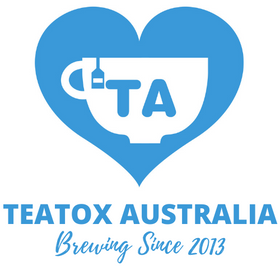
Intermittent fasting has taken the healthy guru community by storm and there are many folks that swear by its health and weight loss benefits. Celebrity fans of intermittent fasting include Beyonce, Jennifer Lopez and reportedly Miranda Kerr. And one of the main reason why this eating pattern has become so popular is that it’s not a restricting diet like the rest where you have to eat only certain types of foods and avoid others. In intermittent fasting actually, you can eat almost anything you want (well, except daily junk-food) but at different windows of time, alternating eating periods with fasting (non-eating) periods within a 24-hour window.
Intermittent fasting has been found according to numerous studies to have many health benefits such as:
- Weight loss (due to easing the metabolic process and restarting it so it burns fat)
- Cholesterol control
- High blood sugar control
- Ease of diabetes symptoms
- Prevention of certain types of cancer e.g stomach or GI cancer
- Improved mood and energy
Perhaps the most popular intermittent fasting method is the 5:2 diet, where you eat for 5 days in a week your usual meals for the day without any fasting breaks followed by 2 days in-between where you only consume 2-3 main meals within 24 hours and up to 600 calories in total. Likewise, there is also the alternate day fasting where you fast every other day and only consume meals and drinks of up to 600 calories (in total) or almost nothing at all.
However, there are other intermittent fasting methods that are less calorie-restricting during their actual fasting periods as they only limit the time window you can eat your meals vs the time of fasting. For example, the 12/12 fasting pattern is all about eating all your meals for the day within a 12-hour period and fasting (non-eating) anything apart from water or zero calorie tea perhaps for the rest 12 hours e.g eating from 8 a.m to 8 p.m and fasting the rest 12 hours until next morning at 8 a.m. Likewise, there is a 16/8 intermittent fasting schedule for more experienced people (fasting for 16 hours and eating within only 8 hours).
The choice of the right method for you depends on your daily schedule and whether you are a newbie or experienced at this. Newbies, for example, are encouraged to start intermittent fasting at less restricting schedules e.g 12/12 as opposed to 16/8 or 5:2 vs 4:3 and then work their way up to tougher fasting schedules. Remember that if you have previously followed a typical western diet of eating 3-5 main meals throughout the day at any time of the day, your system will need a few days or weeks to adjust to the new fasting schedule. You may feel slightly unwell e.g nauseous, dizzy or fatigues during the period of translation but once you stick to your new fasting schedule, you will notice that these side effects subside and you feel better.
In general, it takes at least 2-3 weeks to start seeing results in weight loss but that depends on how fast your metabolism is, to begin with, and how your system generally reacts to this eating pattern. Technically, you eat all kinds of foods during your eating window but it’s best to avoid any junk foods or foods that are very high on fat and calories as they will simply make you unhealthy and slow down your progress. Some things you can really consume unrestricted are water and zero or one calorie drinks like black coffee and pure unsweetened herbal tea.
